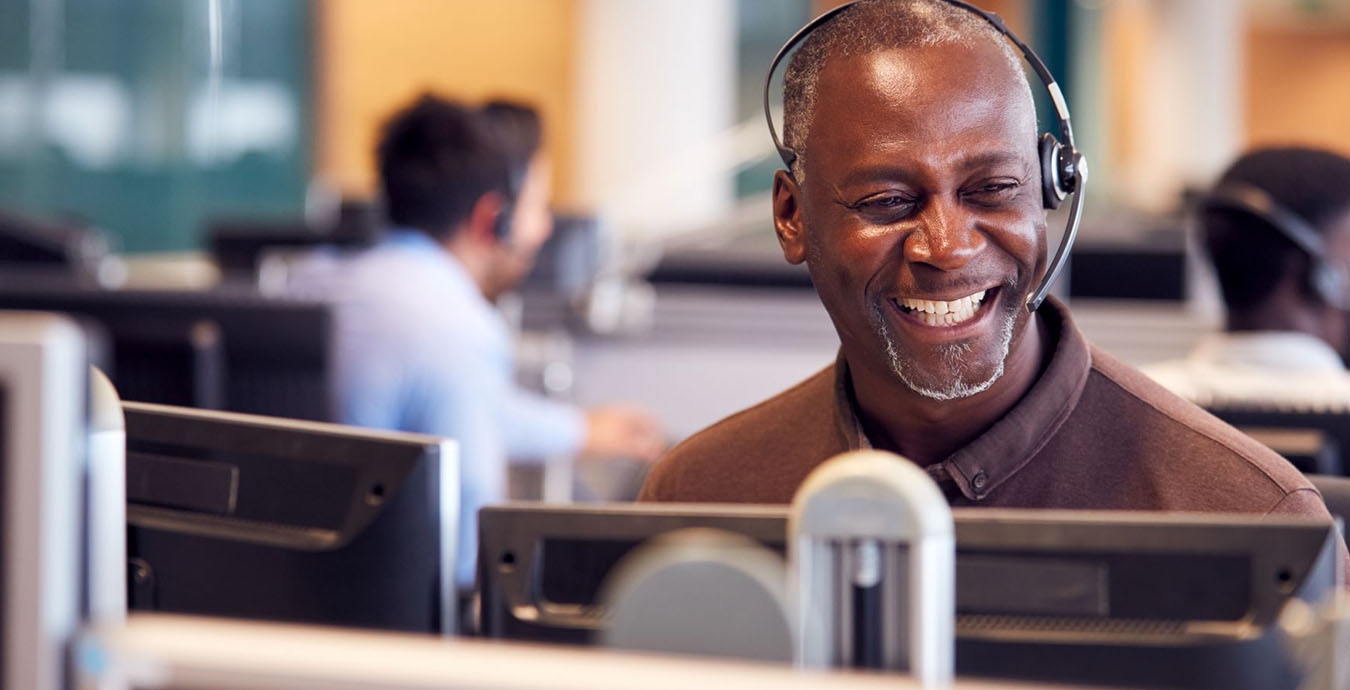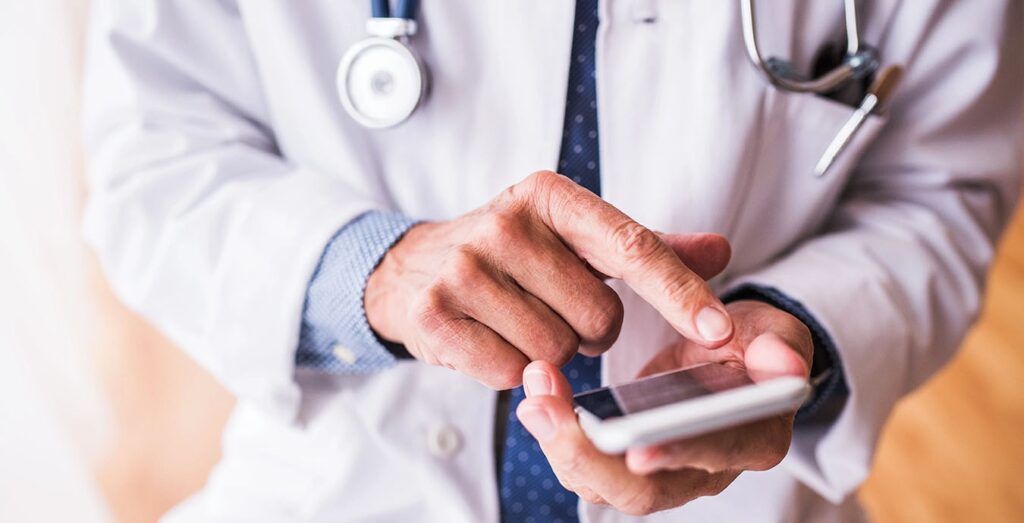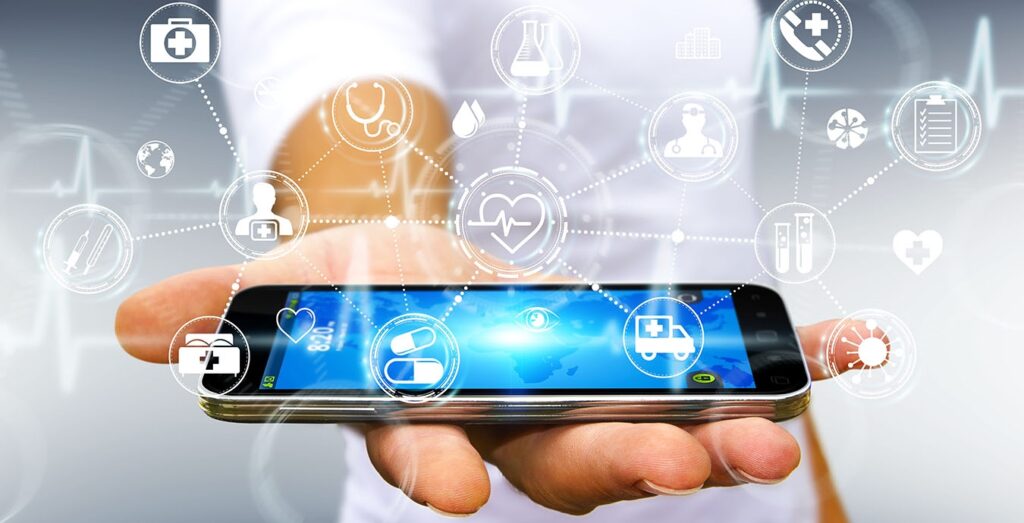
Healthcare doesn’t stick to a 9-5 schedule.
As the hospice and home-health space is steadily trying to work its way out of one of the greatest staffing shortages the industry has ever seen, providers are searching for cost effective solutions to reduce nurse-burnout, while still improving patient outcomes. However, issues like high turnover and compassion fatigue still stand in the way.
An after-hours triage service, with both clinical and non-clinical staff, is the perfect solution for alleviating emotional burdens on clinician staff and improving a patient’s access to healthcare day or night. Triage staff evaluate symptoms and determine the appropriate level of care, providing an effective and timely assessment of your patient’s health problems. Plus, it allows staff time for rest and recovery, resulting in reduced levels of burnout and better staffing all around. After-hours triage provides patient support, so your patient’s symptoms are much less likely to become emergencies.
Understanding After-Hours Triage
Answering after-hours phone calls on top of other on-call and pateint care responsibilities can be extremely stressful for nurses. Imagine if one of your nurses is with a patient during a home visit…when another patient calls. Suddenly there is an impasse:
- If the nurse chooses not to take the call, they risk not helping someone in need.
- If they do choose to take the call, it can make the patient and family at home feel like they don’t have the nurse’s full attention.
This predicament affects the safety of the caller, the experience of the patient and family at home–leaving the nurse feeling emotionally conflicted.
Luckily, after-hours triage is the leading solution for growing hospice and home-health organizations to stop back-to-back cycles of burnout and staffing shortages. When on-call staff is unavailable, triage can help fill care gaps by routing patient calls to an after-hours triage nurse. They act as a care team extension during non-business hours, reducing the number of calls on-the-job nurses receive. Triage nurses can handle non-emergent tasks like medication refills, provide symptom management, and offer clinical support.
When it comes to more complex calls, triage nurses can locate and send an on-call visit nurse to the patient for a thorough assessment. This way, nurses focus on caring for patients and families during home visits and freeing up down time when they need it. After-hours triage addresses both nurse burnout and the patient experience, becoming a dependable cost-effective solution to a nation-wide problem.

Strategies for Optimizing After-Hours Triage
Heat Mapping & Data Analysis
Tech-enabled after-hours triage services like CareXM provide agencies with call reporting data, so you can start pinpointing staffing gaps. Heat mapping, and call tracking organizes incoming patient volume by day, time, and call length. This allows providers to identify opportunities for improvement and recognize when support is needed the most to avoid overstaffing.
Patient Health Information
Top after-hours triage providers offer a secure platform that integrates patient data directly with electronic medical record (EMR) systems so your team can anticipate and respond quickly to patient needs. As calls need to be routed, having patient medical information on hand for both the provider and triage team makes it easier to route patients to the most appropriate caregiver possible.
After-Hours Strategy
Instead of having more staff during the busiest time of the day, work towards an after-hours strategy that reduces the need for an overhaul of full-time employees. A flexible 24/7 triage and medical answering support system will provide your staff with space to unwind from work, while providing your patients the peace of mind that their health matters every minute.
Remote Backup
Although it might be tempting to outsource your team completely, this could cause fractures in your workflow. Use your own on-call team, plus a team of remote on-call registered nurses as a backup. This increases efficiency for staffing processes while prioritizing the patient. Plus, it builds in extra redundancy during localized disaster situations.
Proactive Triage Programs
A great way to optimize staffing is by implementing proactive triage programs to prevent calls and reduce call volume during after-hours. Here are a few specific program ideas:
- Tuck-in calls during regular hours and medication refill reminders before the weekend begins.
- Proactive patient engagement programs that keep patients on track in their wellness journey and education.
- Provide training, feedback, and recognition for achievements to improve employee-engagement values.

Outcome Measurements
In a recent CareXM case study, after-hours triage allowed staff 52% more time for critical care patients and family. It’s important to capture metrics that evaluate the success of smarter staffing for after-hours triage. With new technology and analytics, serving patients goes beyond just answering inbound calls. After-hours triage gives patients access to professional medical care on the first call, every time, minimizing delays for receiving care.
In the end, “Staffing Smarter” is not just about numbers and data–it’s about people. The patients who rely on healthcare professionals for their wellbeing, and the clinicians who devote their lives to caring for others. By putting the emotional needs of these individuals at the forefront of staffing decisions, healthcare organizations can truly reflect the compassion and empathy that lies at the heart of healthcare itself.

Lower Costs and Reduce Readmissions Today with CareXM
If you feel like your team needs backup, especially during high impact times, then you might need to explore after-hours staffing. With a triage service partner like CareXM, you can back up your team evenings, weekends, holidays, or even as a daytime overflow. On-demand clinical and non-clinical caregivers will represent your office with professionalism and compassion. Messages will be recorded and are available through our easy-to-use web portal. Plus, our patient activity reporting makes it easy for your team to follow up with patients after they’re back on shift. CareXM, even helps track calls to provide you with data insights that drive even greater efficiency.
CareXM is the kind of experienced, clinical partner you can count on to deliver the help you need to elevate your patient and caregiver experiences. Our mission is to help our partners effortlessly anticipate and respond to patient needs with triage technology backed by our on-demand triage team. Whether you need after-hours triage, our cost-saving hybrid triage solutions, or in-house triage call-center infrastructure, we help you flex and extend your care, so you reach patients in the moments they need help the most. From home health and hospice to health systems and more, CareXM will transform your patient approach to lower operating costs.